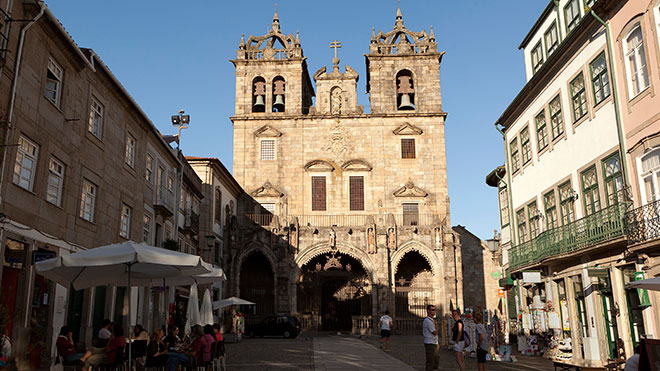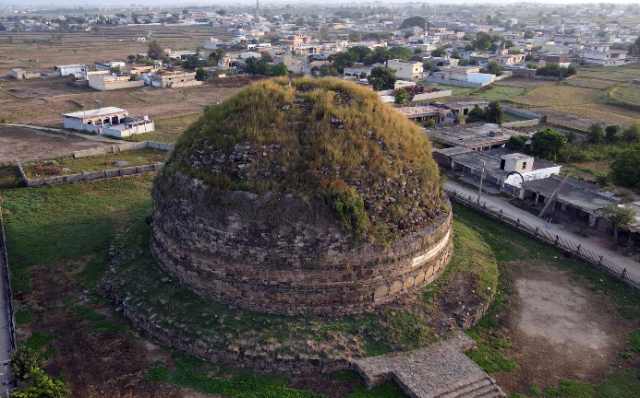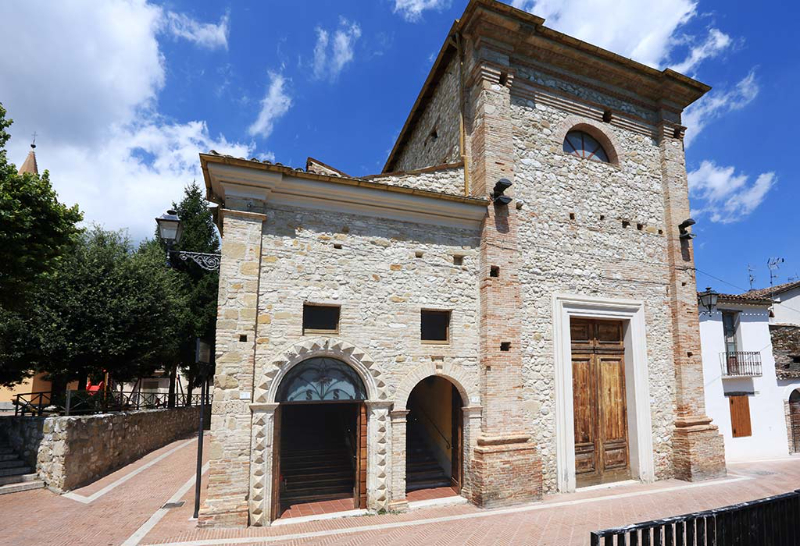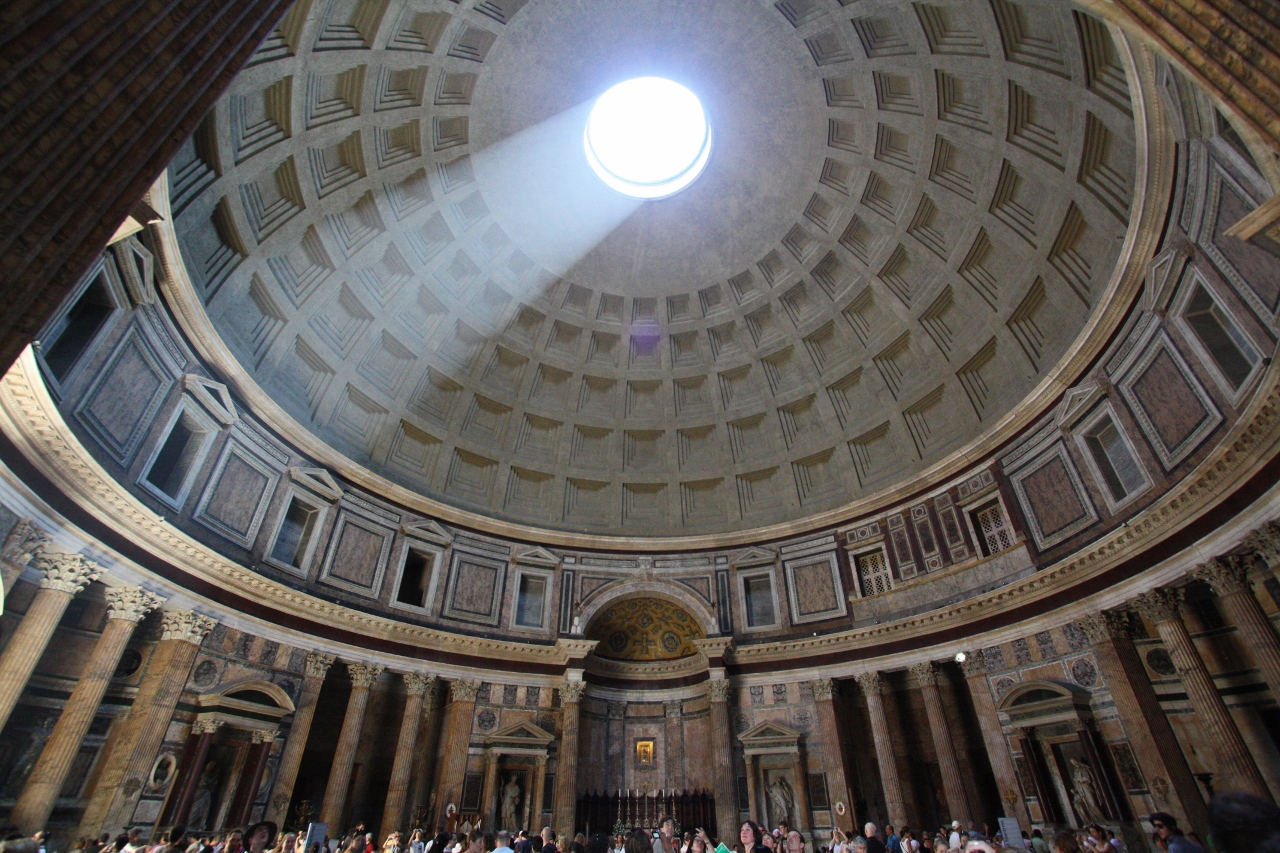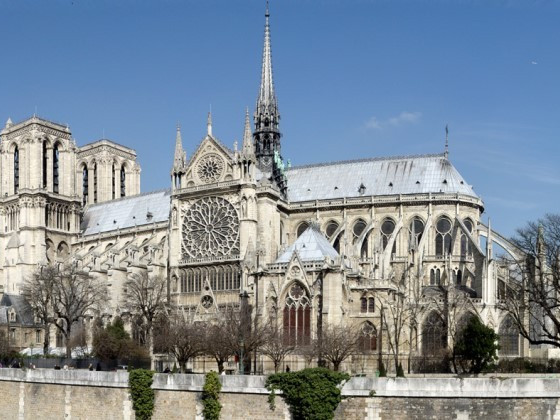The Cathedral of Braga is the oldest cathedral in the country, which originated a popular saying in Portugal: "older than the Cathedral of Braga”. The construction started before Portugal was a nation, which explains why the whole city has grown around the Cathedral itself. With several architectural styles visible on its facades and walls, namely Romanesque and Gothic, with a mostly baroque interior, over the years the Cathedral has incorporated five chapels, two cloisters, a Galilee, an Apse chapel, a chevet, and a sacristy. The original Romanesque style is undoubtedly the most interesting and survives in the general structure of the cathedral, in the southern entrance and in the wonderful western portal, on which scenes from the medieval legend of Reynard the Fox have been carved (now sheltered under a Gothic-style portico). As for the exterior, the most striking details are the towers, with refined stone inlays in Manueline style, and the roof, an early work by João de Castilho, who later built the Mosteiro dos Jerónimos in Lisbon.
You can access the cathedral from the west portal or through a courtyard and cloister surrounded by Gothic chapels on the north side. Inside the church, look for the beautiful inlaid Manueline altar, the tall chapel decorated with azulejos illustrating the story of Braga’s first bishop, and the stunning twin Baroque organs supported by impressive satyrs and tritons, which are played during Mass every Sunday at 11:30 am.
Dalla chiesa si accede al tesoro, che custodisce una vera e propria miniera di oggetti d’arte sacra, come l’incantevole Nossa Senhora do Leite, opera cinquecentesca che raffigura la vergine nell’atto di allattare il Cristo, attribuita allo scultore francese Nicolas Chanterène. Da non perdere, inoltre, la croce di ferro usata nel Cinquecento per celebrare la prima messa in Brasile.
La visita prosegue con la Capela de São Geraldo (risalente al XII secolo ma rimaneggiata più volte nel corso del tempo) rivestita di azulejos e la Capela da Glória del XIV secolo, il cui interno fu dipinto nel XVI secolo con motivi geometrici tipicamente moreschi.
